Species Photo Gallery for Gyponana procera No Common Name 12 |
 | Photo by: Ken Kneidel
Mecklenburg Co.
Comment: came to UV light at night | 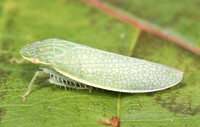 | Photo by: Rob Van Epps
Mecklenburg Co.
Comment: Caught sweeping. |
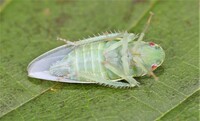 | Photo by: Rob Van Epps
Mecklenburg Co.
Comment: Caught sweeping. | 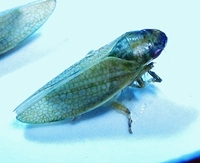 | Photo by: Ken Kneidel
Mecklenburg Co.
Comment: 12.2 mm, one of 4 stuck in Tanglefoot on tree bands on Willow Oak |
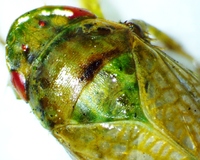 | Photo by: Ken Kneidel
Mecklenburg Co.
Comment: 12.2 mm, one of 4 stuck in Tanglefoot on tree bands on Willow Oak | 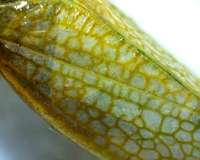 | Photo by: Ken Kneidel
Mecklenburg Co.
Comment: 12.2 mm, one of 4 stuck in Tanglefoot on tree bands on Willow Oak |
 | Photo by: Ken Kneidel
Mecklenburg Co.
Comment: 12.2 mm, one of 4 stuck in Tanglefoot on tree bands on Willow Oak | 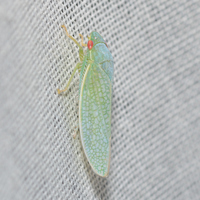 | Photo by: Margarita Lankford
Orange Co.
Comment: https://www.inaturalist.org/observations/34940755rnrnAttracted to UV light |
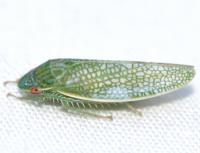 | Photo by: Kyle Kittelberger
Wake Co.
Comment: near mixed hardwood forest habitat; 11.3 mm long | 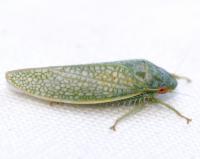 | Photo by: Kyle Kittelberger, Paul Scharf
Wake Co.
Comment: mixed hardwood forest habitat |
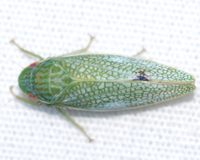 | Photo by: Kyle Kittelberger
Wake Co.
Comment: near mixed hardwood forest habitat; 11.3 mm long | 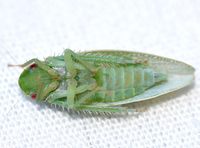 | Photo by: Kyle Kittelberger
Wake Co.
Comment: near mixed hardwood forest habitat |
|

 »
»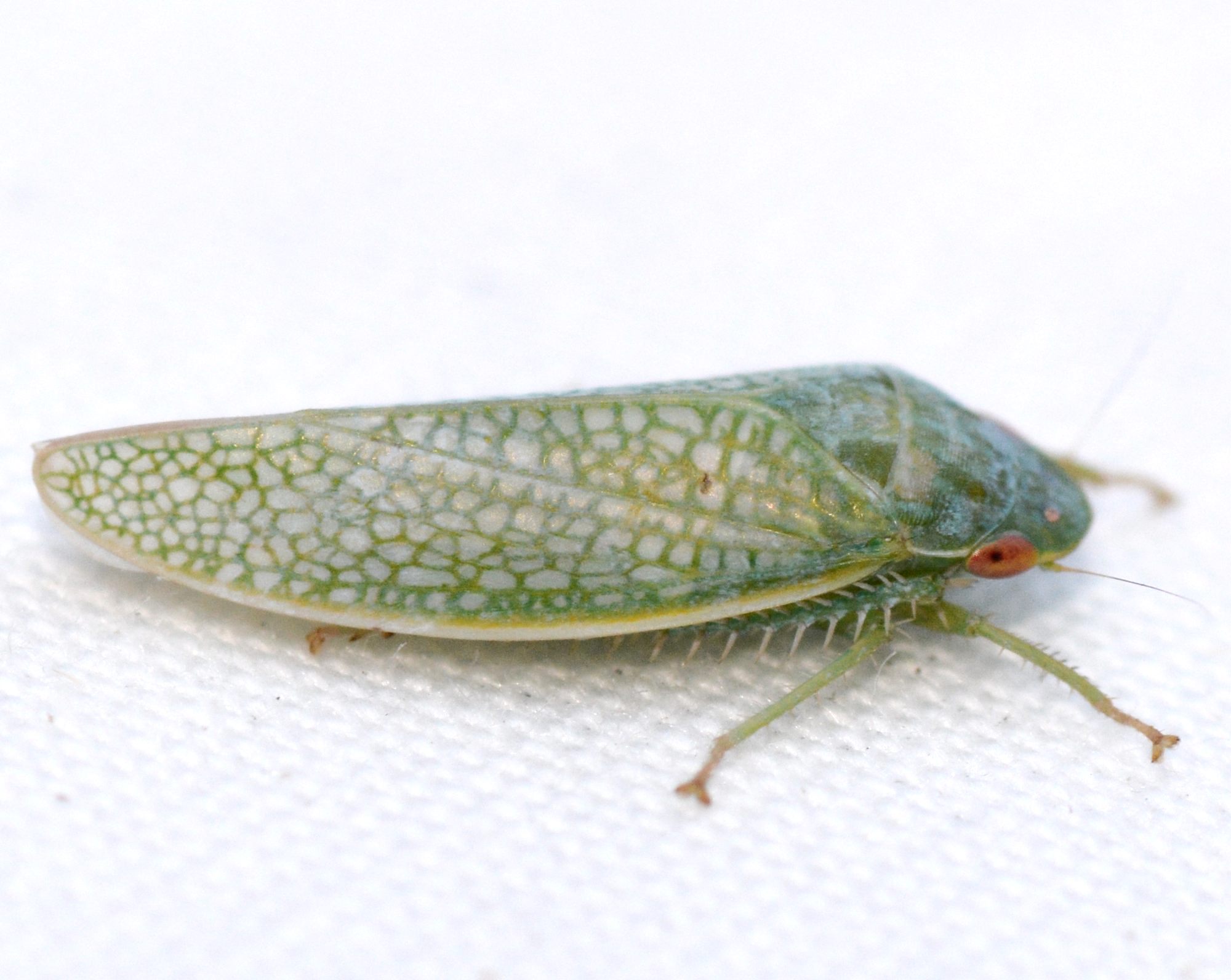

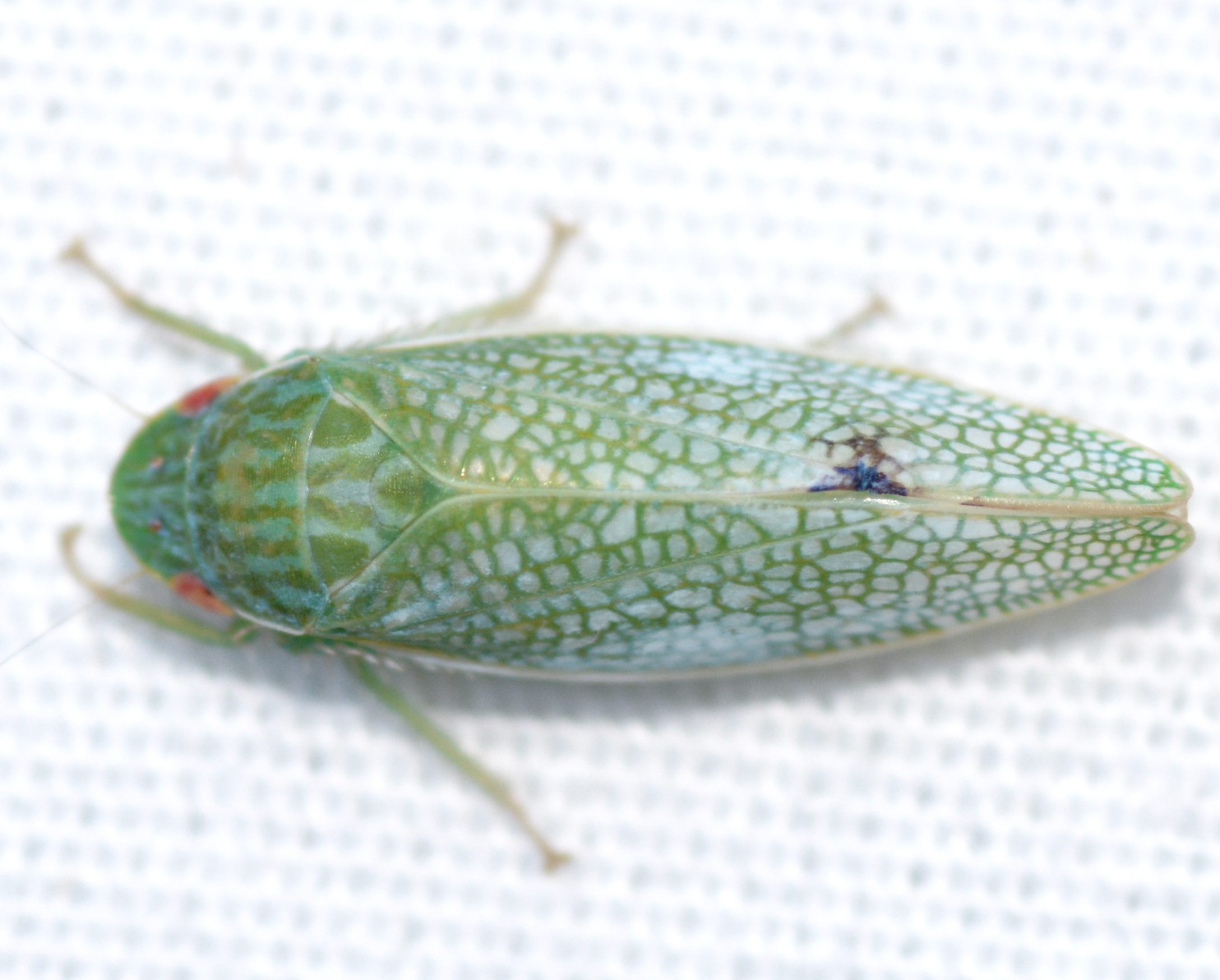

 »
»

